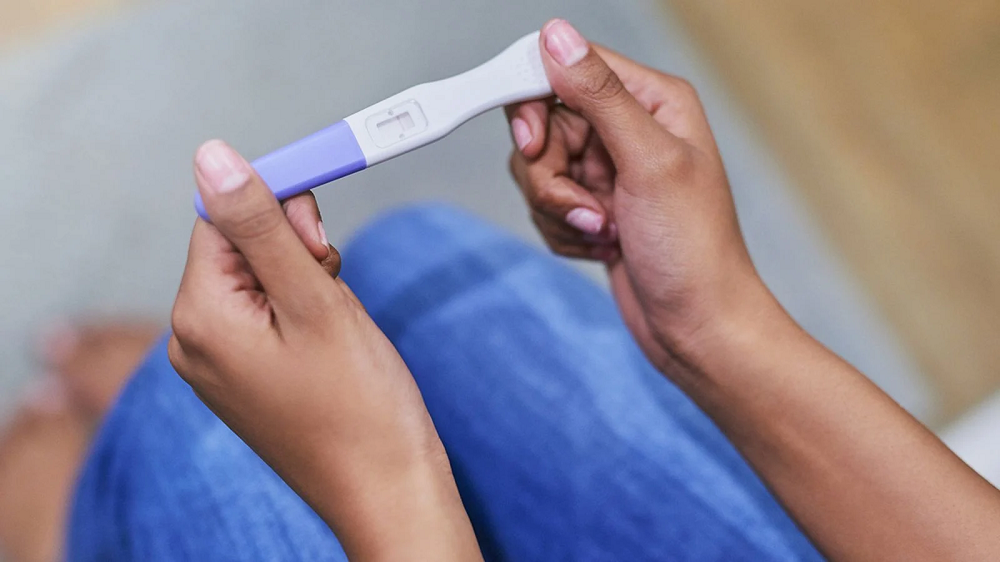Discovering that you may be pregnant can bring a mix of emotions, from excitement to apprehension. In such moments, having a reliable and accurate pregnancy test is essential. One popular option is the pregnancy test strip, a simple yet effective tool that offers early detection and peace of mind. In this comprehensive guide, we will explore pregnancy test strips, how they work, when to use them, and what to expect during the testing process.
What are Pregnancy Test Strips?
Pregnancy test strips are compact, easy-to-use devices designed to detect the presence of human chorionic gonadotropin (hCG), a hormone produced during pregnancy. These strips typically consist of a small absorbent pad at one end and a window or indicator at the other. The test strip is used by collecting a urine sample and placing the absorbent end into the sample. Within minutes, the test strip reveals the result, indicating whether hCG is present or not.
How do Pregnancy Test Strips Work?
The functionality of pregnancy test strips is based on the principle of immunoassay. The absorbent pad on the strip contains antibodies that are specifically designed to bind with hCG if it is present in the urine. When the strip comes into contact with the urine sample, any hCG in the urine will react with the antibodies on the strip. This reaction triggers a color change or displays a line on the indicator, indicating a positive result for pregnancy.

When to Use Pregnancy Test Strips?
Pregnancy test strips are most effective when used after a missed period. However, some test strips claim to provide results even before a missed period, offering early detection. These early detection strips are designed to detect lower levels of hCG in the urine, which may be present in the early stages of pregnancy. It is important to note that the accuracy of early detection may vary among different brands and individual circumstances. For the most reliable results, it is recommended to wait until after a missed period or follow the instructions provided by the specific test strip manufacturer.
How to Use Pregnancy Test Strips?
Using pregnancy test strips is a straightforward process. Here are some general steps to follow:
- Read the instructions: Each brand may have specific instructions, so it is important to carefully read and understand them before proceeding.
- Collect a urine sample: Use a clean and dry cup to collect a sample of your urine.
- Prepare the test strip: Remove the test strip from its packaging and hold it by the handle or designated area. Avoid touching the absorbent pad to prevent contamination.
- Apply the urine sample: Dip the absorbent end of the test strip into the urine sample for the recommended time specified in the instructions. Alternatively, some test strips allow for urinating directly on the absorbent pad.
- Wait for the result: Place the test strip on a clean, flat surface and wait for the designated time indicated in the instructions. Avoid moving or disturbing the strip during this time.
- Interpret the result: After the designated time has passed, check the indicator or window for the presence of a line or color change. Refer to the instructions to understand the meaning of the result (e.g., positive, negative, or invalid).
What to Expect During the Testing Process?
Using a pregnancy test strip is a private and discreet process that can be performed in the comfort of your own home. It is normal to feel a mix of emotions while waiting for the results. Remember to follow the instructions carefully, as mishandling or misinterpreting the test can affect the accuracy of the result. In case of any doubts or concerns, it is recommended to consult with a healthcare professional for guidance and support.
In conclusion, pregnancy test strips offer a reliable and accessible method for confirming pregnancy. By understanding how they work, when to use them, and following the instructions provided, individuals can obtain accurate results in the convenience of their homes. If the test indicates a positive result, it is important to seek medical care to confirm the pregnancy and begin prenatal care. On the other hand, if the test is negative, but pregnancy symptoms persist, consulting a healthcare professional is advised. Remember, pregnancy test strips are designed to provide valuable information and support during this transformative period of life.






